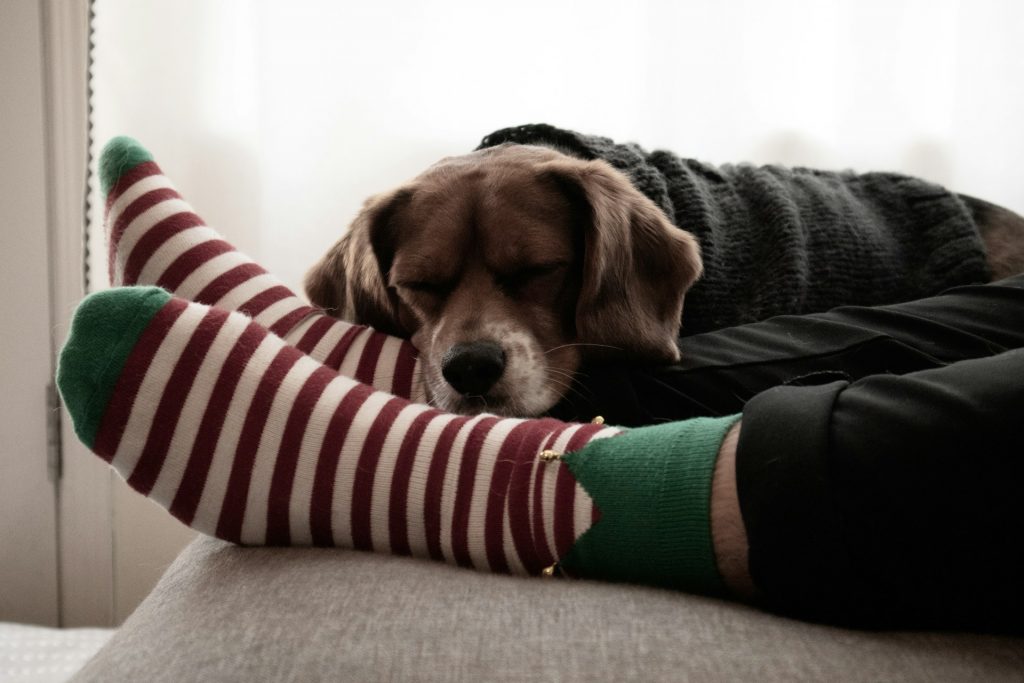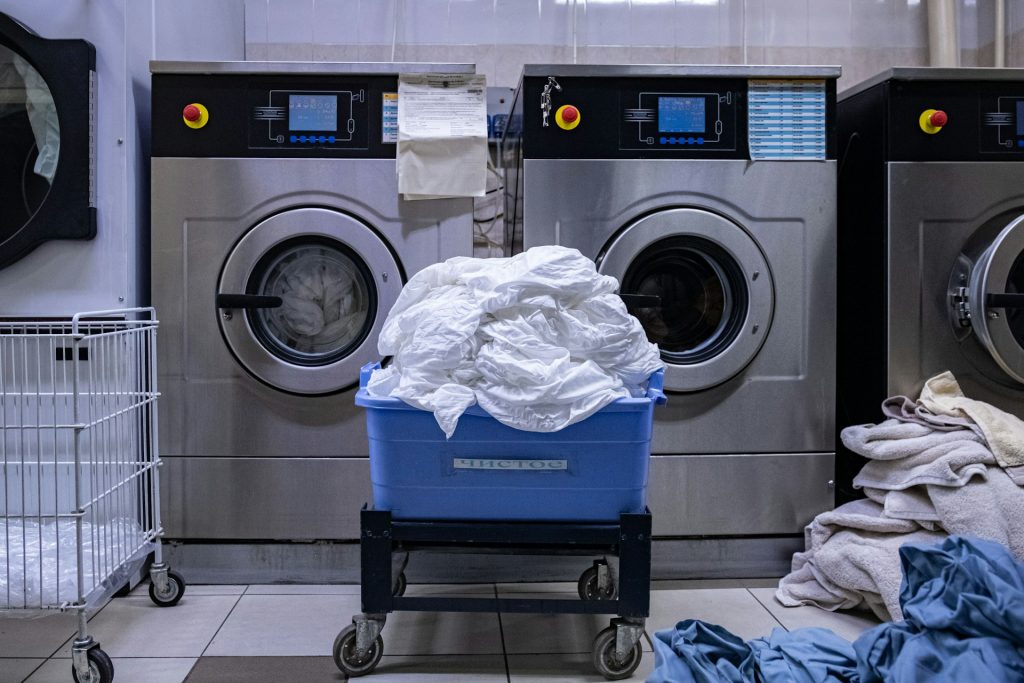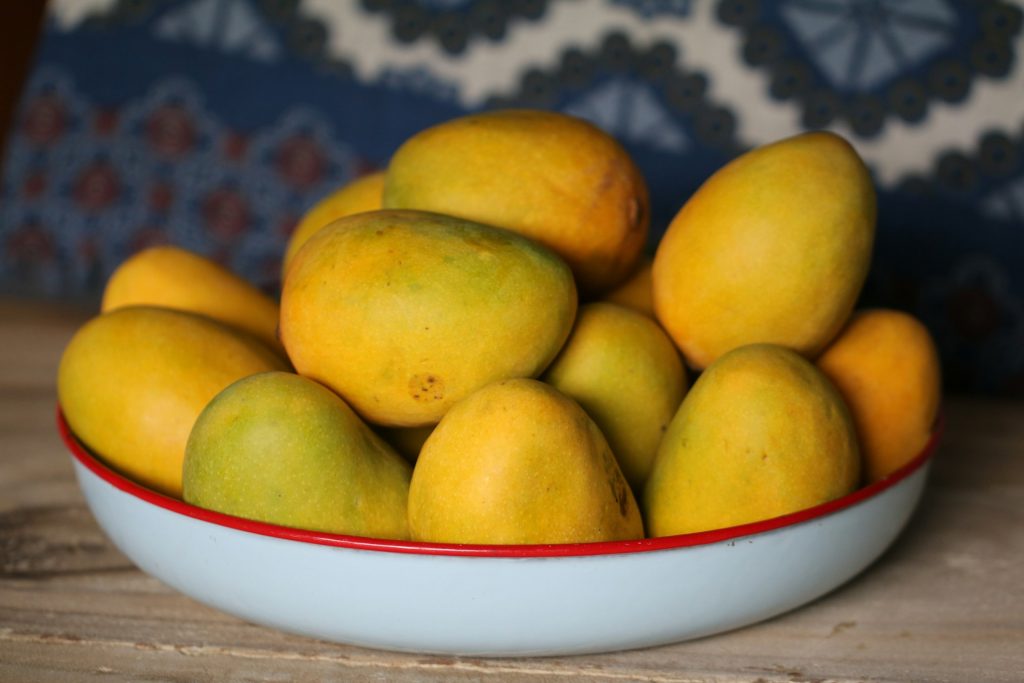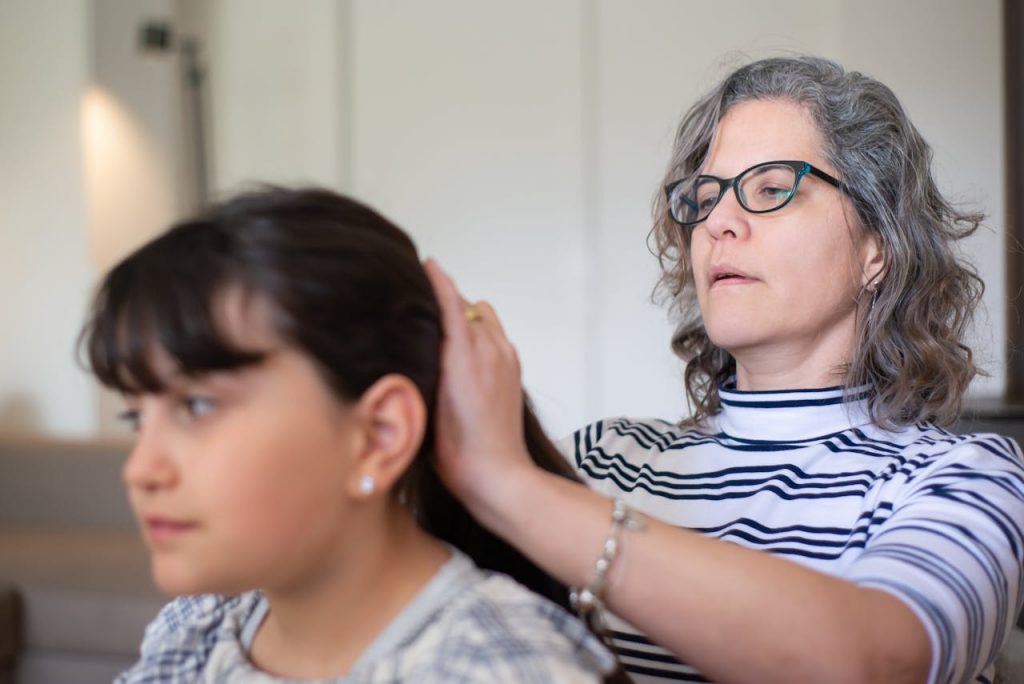When you come up with a unique and delicious recipe, it is only natural to wonder: Can you patent a recipe? After all, you have put in the time, effort, and creativity to develop something new in the kitchen.
But the question of patenting a recipe is more complex than it might seem. Let’s explore what it means to patent a recipe, what makes a recipe patentable, and how Patent Class 426 fits into the equation:
What Does It Mean to Patent a Recipe?
Patenting a recipe means that you are seeking legal protection for the specific combination of ingredients and the method of preparing those ingredients that result in your unique dish. A patent gives you the exclusive right to make, use, sell, or distribute the patented recipe. This means others cannot legally copy or sell your recipe without your permission.
This means that the method of creating the dish, including the steps involved and how those ingredients are combined, must be unique and non-obvious. The U.S. Patent and Trademark Office (USPTO) does not just hand out patents for recipes unless they meet strict criteria. This brings us to the next important question: what makes a recipe patentable?

Pixabay / Pexels / Essentially, a recipe patent is not just about protecting the list of ingredients. It is also about protecting the process.
What Makes a Recipe Patentable?
To answer the question, can you patent a recipe, you need to understand the key elements that make a recipe patentable. The recipe must be novel, non-obvious, and useful. Let’s break that down:
To begin with, the recipe must be novel, meaning it has to be something new that has not been done before. If your recipe is just a slight variation of an existing recipe, it likely won’t qualify for a patent. For example, adding an extra teaspoon of sugar to an existing cake recipe probably won’t cut it.
Secondly, the recipe must be non-obvious. This means that someone skilled in the culinary arts should not be able to easily come up with the recipe just by making logical modifications to existing recipes. The innovation in your recipe must involve an inventive step that is not immediately apparent to others.
Plus, the recipe must be useful. This means it has to have a clear and specific use, like producing a unique flavor or achieving a particular texture that hasn’t been done before. The utility of the recipe is an essential part of what makes it patentable.
So, if your recipe meets these criteria, you might be eligible to apply for a patent. But there is more to consider, especially when it comes to Patent Class 426.
What Is Patent Class 426 and How Does It Relate to Recipe Patents?
Patent Class 426 is the classification under which the USPTO files patents related to food and edible products. This class covers inventions related to processes, compositions, and products that are food-related. If you are wondering, can you patent a recipe, understanding Patent Class 426 is crucial.
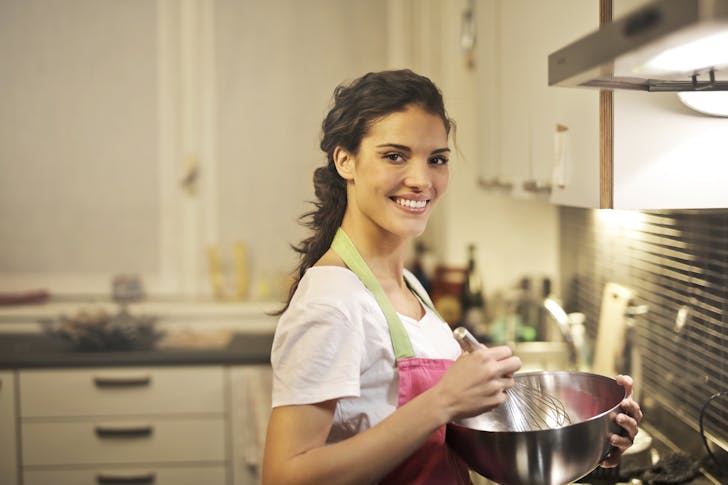
Olly / Pexels / A recipe is patentable if it is novel, non-obvious, and useful. USPTO decides that based on Patent Class 426.
Patent Class 426 includes not only recipes but also the methods of preparing food, food compositions, and even food preservation techniques. If your recipe involves a unique method of preparing food, a new food composition, or an innovative preservation method, it could potentially fall under this classification.
Nonetheless, the USPTO is stringent about what qualifies under Patent Class 426. Only those that meet the specific criteria are granted patents.
So, Can You Patent a Recipe?
The answer to the question can you patent a recipe is yes, but with significant caveats. Patenting a recipe is not as simple as just filing some paperwork. The recipe must be novel, non-obvious, and useful, and must meet the stringent requirements set out by the USPTO under Patent Class 426.
For many, the challenges and costs involved in patenting a recipe outweigh the benefits. Alternatives like trade secrets, branding, and trademarks often provide more practical and cost-effective protection.








